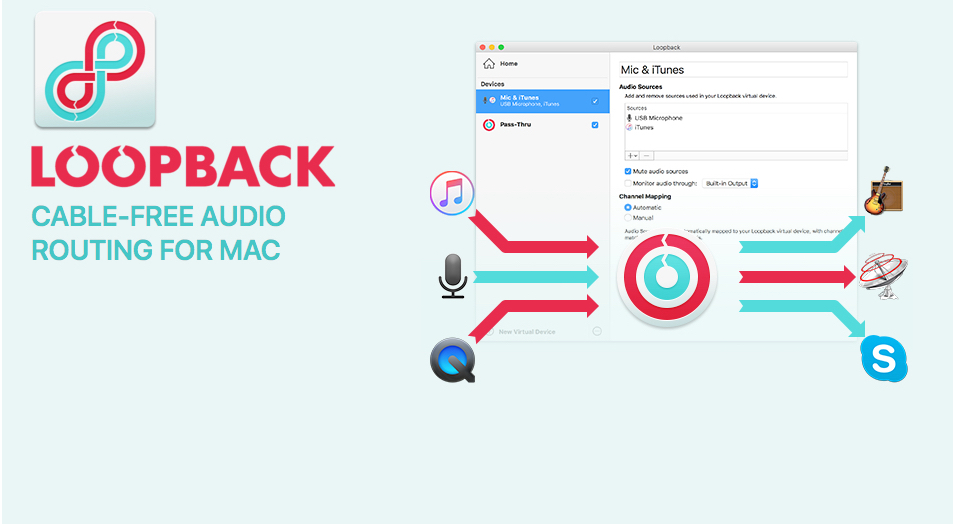
It’s time to bring back the .Beat
WTF is a .Beat?
Swatch, along with the endorsement of Nicholas Negroponte, who was then the Director of the MIT Media Lab, proposed a Universal Internet Time known as the .Beat.
It works like this: A day is divided into 1000 “.beats”. So, one Swatch “.beat” is equivalent to 1 Minute 26.4 Seconds.
You set your watch according to Biel Meantime (BMT). (In a classic marketing move, Biel, Switzerland is the corporate headquarters of Swatch.)
So, when you want to schedule a phone call with someone across the world, you don’t have to figure out time zones – you simply indicate that the meeting should take place @xxx .beats.
It never took off.
While it was common to communicate with people around the world in 1998, it was mostly by email. And, as we know, email is a forward-store-retrieve mode of communication. It’s not real-time and doesn’t require scheduling.
With the pervasiveness of things like international outsourcing and our ability to communicate in real-time with people around the world for little-to-zero cost using Skype, I think the use of .beats may be more practical than during the time of its introduction.
How to use it
I retrieved my Swatch Beat watch out of long-term storage and with a new battery, it’s ready to go.
But, what if you want to use .beats and you don’t have a geek artifact from 1998? You go to the Swatch Internet Time web site to find out what time it is in .beats. You're SOL. Swatch has removed this treasure from the interwebs.
Of course, it’s not as easy as Swatch makes it sound:
Internet Time exists so that we do not have to think about timezones. For example, if a New York web-supporter makes a date for a chat with a cyber friend in Rome, they can simply agree to meet at an “@ time” – because internet time is the same all over the world.
The problem with this, of course, is that you can’t suggest a UIT in .beats without still being aware of the local time. If I were to suggest a business meeting @900 .beats with my fictional cyber friend in Rome as cited above, it would be still be after 9:30 PM local time and possibly quite late for a business call.
To figure out the local time in .beats, visit the site above and select the region where you other party is. You’ll see the local time and the .beats time.
Is this easier than just dealing with time zones? The answer is most certainly, definitely… maybe.
Rather than say, “Yes, let’s have a call at X:00 PM EDT / XX:00 PM Rome time,” you can simply say, “Let’s talk @x00 .beats.”
There’s less typing, less confusion (“No, it’s not a seven hour time difference, it’s six hours.”) and a single unit of time.
My company is doing some work with a development shop in Kiev, so I’m going to suggest that we give it a try and see how well it works.
I’ll report back.
I you want your very own piece of geek history, you can still get a Swatch Beat watch on eBay.


